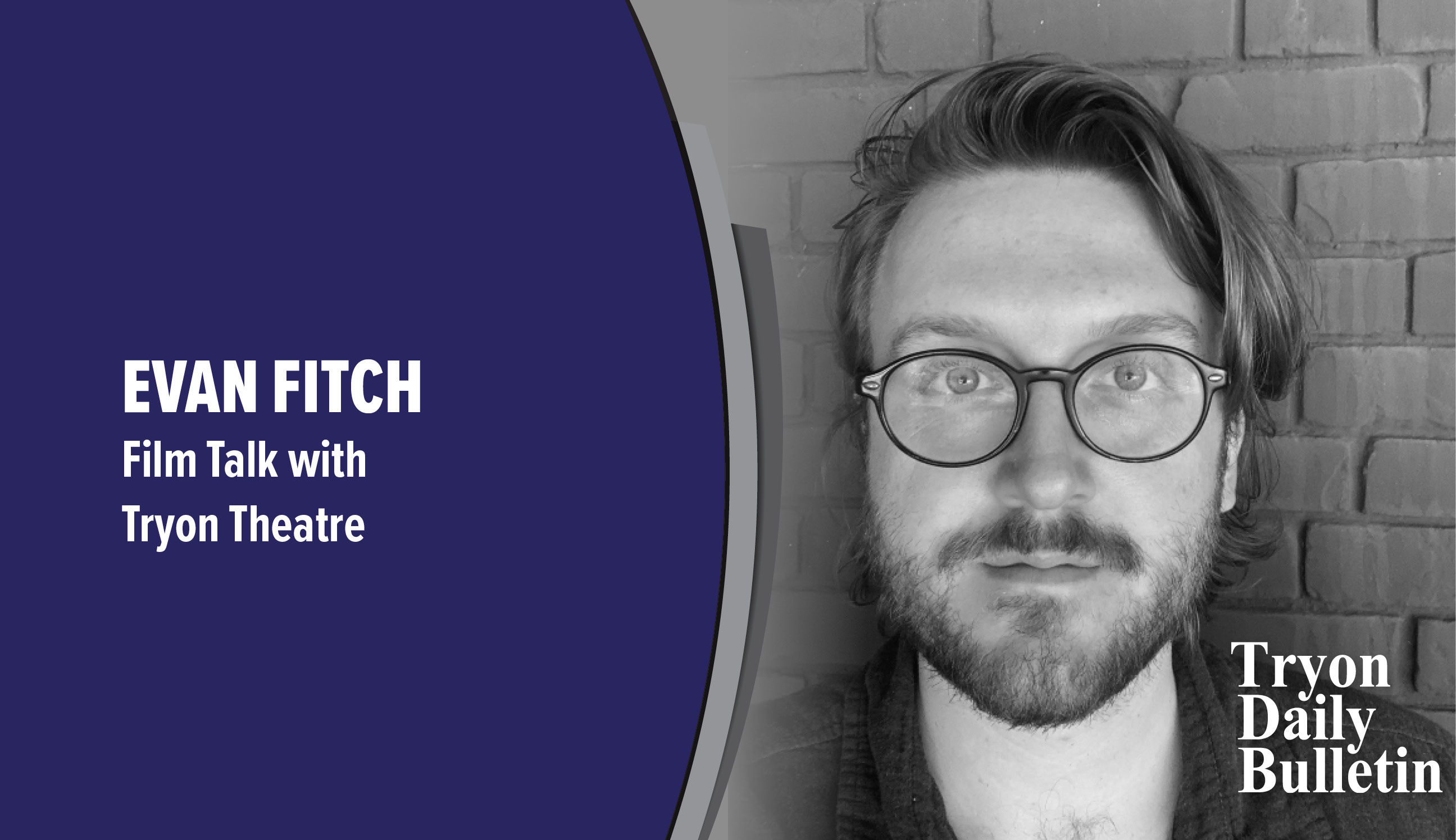My second enounter with British protocol
Published 2:32 pm Wednesday, March 31, 2010
September 1944
Chapter 2
There was, of course, no such thing as a daily mail call for an army unit engaged in combat.
Distribution of mail to medical corpsmen attached to various fighting units was particularly difficult.
Typically, a designated enlisted man from the medical detachments orderly room held onto mail from each delivery whenever there was such an occurrence and handed out the letters, magazines and packages whenever he could find the aid men at their various locations; this actually turned out not to be once every few days but once every week or two. &bsp;
It was, of course, equally complicated to dispatch outgoing mail. For example, when men of my unit secretly crossed under fire to the east side of the Saar River into a German-held town, Ensdorf, we were essentially marooned there.
Nightly supply treks by a handful of men using muddy paths through the flooded fields west back to the Saar were required. &bsp;
At the river bank they picked up rations, ammunition and other supplies and on several occasions, mail; all this assembled and carried as quickly as possible back to the troops facing the Germans in the village.
Ironically enough, the mail clerk dutifully dispatched and the nightly supply squad delivered to me in Ensdorf a copy of an English magazine, The Architectural Review. This issued turned out to be the final copy of my subscription. &bsp;
Three weeks later, we were finally able to withdraw from Ensdorf to return to a slightly more normal life amidst American troops on the west side of the Saar. I decided to see if I could succeed in renewing my subscription to The Review.
I had been engaged in college-based architectural studies for some 15 months when the President of the United States invited me to join other American young men in defending our country. I naturally accepted his invitation but I didnt want to sever all my civilian ties.
Since The Architectural Review was, and indeed still is, one of the best architectural magazines in the world, I decided to subscribe no matter how questionable timely delivery might be. In fact, I had received every issue very nearly on schedule but I was now faced with renewing my subscription. How indeed could I accomplish this since our unit was then stationed in a small and remote rural village in Holland?&bsp; Further, we used only a military-issued currency which would be of no value in a civilian-based transaction in London.
Thus, off I went, seeking our postal clerk hoping he could supply me with something like an international money order. Some hours later, I finally tracked him down but he was initially as unhelpful as I feared: he could issue only American money orders. He did, however, have a helpful suggestion. After all, he said, we are presently attached to a unit of the Second British Army, their headquarters are only two blocks down the street, they must have a postal clerk and he can sell you a British money order. &bsp;
Success seemed possible so off I went to try. But how to find the appropriate British clerk? There were no signs telling me where to go or to seek information. &bsp;
But help seemed to appear; an English officer came around the corner strolling in my direction. I approached him, stopped, saluted and said, Sir, could you tell me where I might find your postal clerk?
Answer came there none. Instead he stepped back and seeing my company commander several yards up the street, he said, Leftenant, step over here. This man spoke to me. Please inform me tomorrow what punishment you give him. He then turned on his heel and walked away.
Of course, I received no punishment and no report was ever made to the British. I decided to mail a personal check to the Review, they accepted it, and I continued to receive the magazine for years.
Thus ended my final adventure in British military protocol.
Holland Brady, a local architect and a native of Tryon, designed the Tryon Presbyterian Church, Forbes Preschool, the Parish house at St. Johns of the Wilderness in Flat Rock and the Columbus United Methodist Church as well as the fire stations in Tryon, Columbus and Landrum. Many unique residences carry the Holland Brady signature. &bsp;
Brady was in the army from 1943 through 1946, serving with the 9th and 15th U.S. Armies, the British Second Army, and Gen. George S. Pattons Third Army.&bsp; He holds the Combat Medical Badge, three Battle Stars, the Good Conduct Medal, a Presidential Citation, the Victory Medal, and the Purple Heart.


